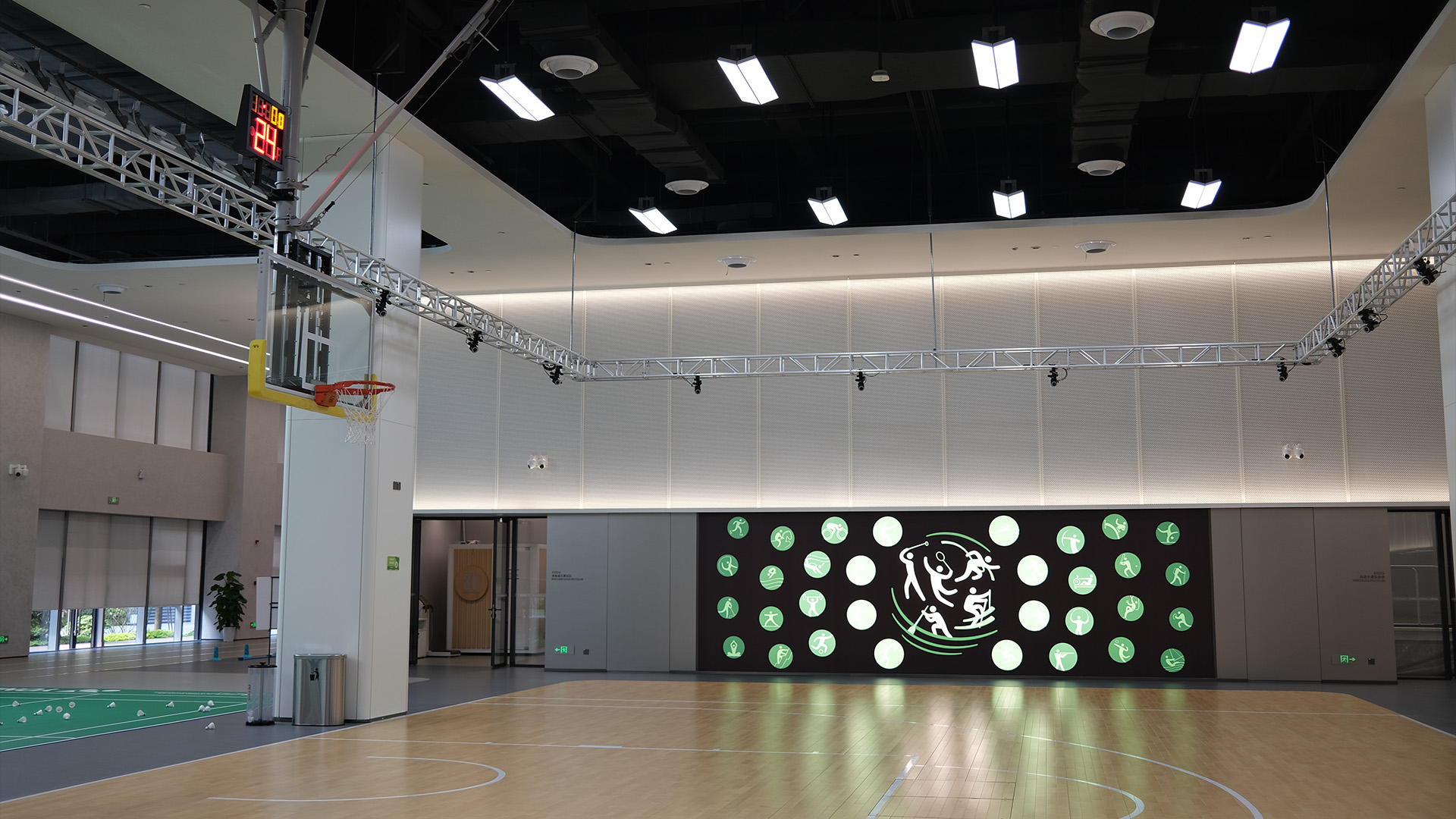
It's easy to take things for granted, the more tech you fold into your daily life. Scroll back a couple of decades, and the most advanced pedometer couldn't do much more than tell a very vague estimate of how far you'd walked that day, but smartwatches and the best phones can now give you untold amounts more detail.
Whether it's GPS-enabled activity tracking or more precise analysis using the accelerometers onboard a smartwatch in particular sports modes, fitness looks very different now. Still, if you've ever wondered how manufacturers actually ensure that their devices get tracking right, you'd probably be interested to see OnePlus' new health research hub in Shenzhen, China.
I was shown around the facility last week and could immediately see why the company's so proud of it – even if it arguably just brings it up to the level of other giants like Huawei, which has a similar lab of its own. The whole building was like stepping into a science fiction facility.
Its ground floor is basically a large open-plan school-style gymnasium, but with a whole heap of machines and technical additions that you might not recognise. First up, OnePlus showed me a set of treadmills it was using to create baseline records of people's blood oxygenation (SpO2) while exercising.
This metric has become more prized in recent years, but OnePlus stressed that you can't estimate SpO2 accurately from a smartwatch's sensors unless you have a great set of data to back up your claims. So, rather than strapping watches on volunteers to verify this, it was staying old-school and simply building up a database of readings that it could use to understand the metric better in the first place.
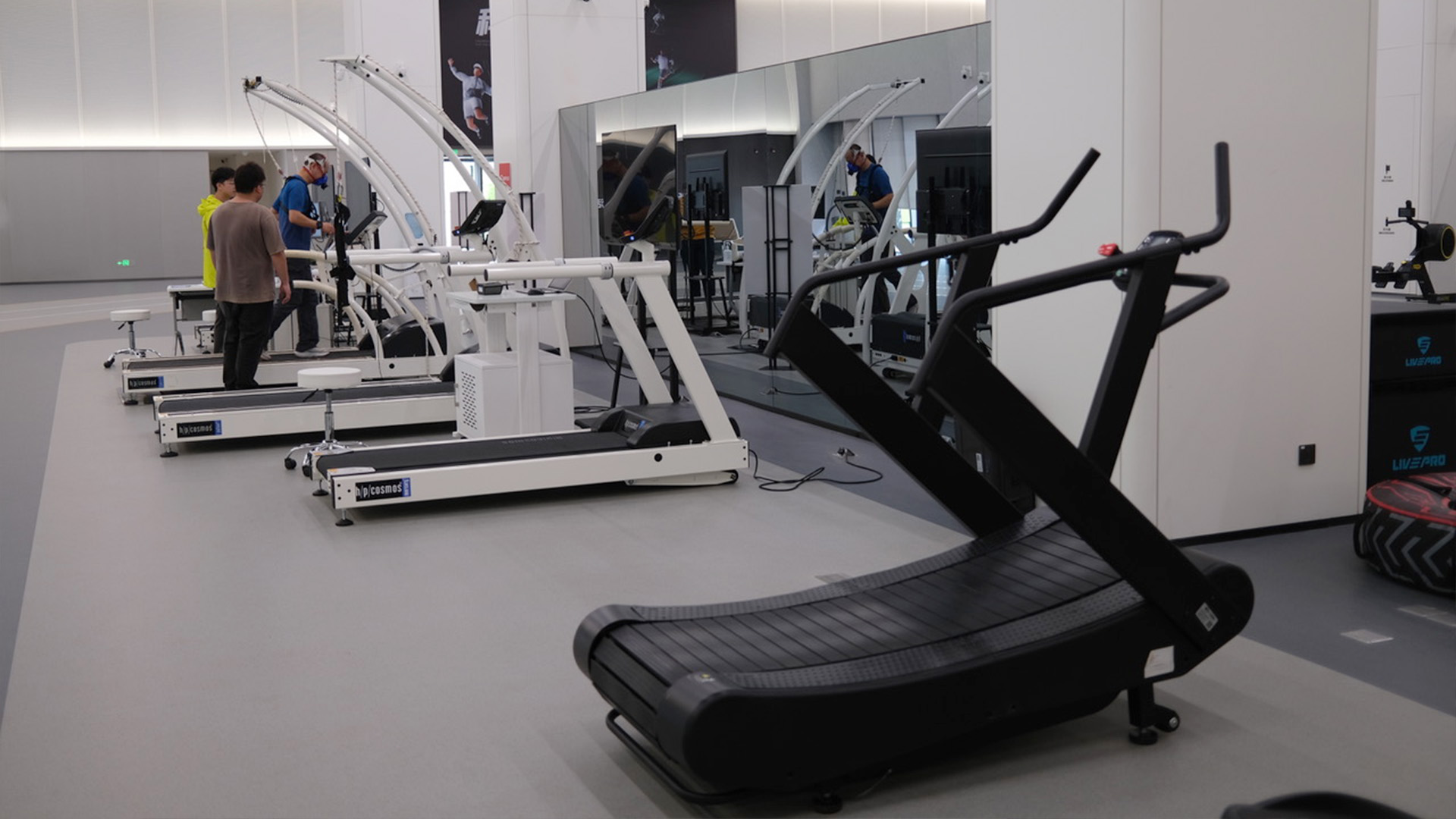

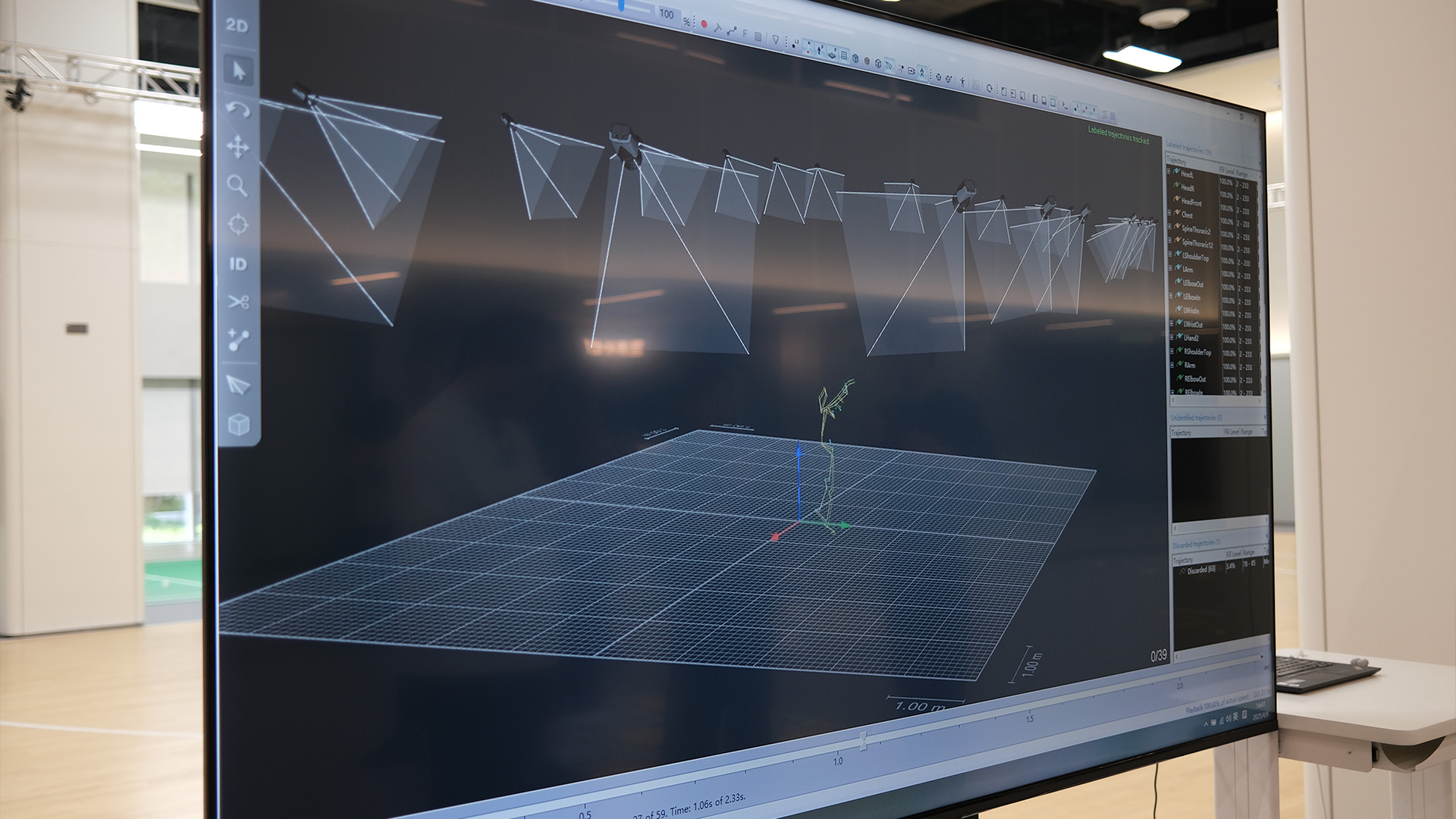
Similar stations were dotted around to measure people's stride length as they jogged, and to fully motion capture them while they ran, cycled, played basketball and more. There was even a dedicated badminton court and golf simulator, along with a climbing wall and a chunky treadmill that could accommodate both a bike or skis, depending on the setup.
All of these can help OnePlus to build databases that can inform its tracking, and thus the fitness algorithms that actually drive its various sports modes on smartwatches. Upstairs, meanwhile, the facility got more clinical and divided into smaller rooms. Here we saw altitude chambers to see how going further above sea level impacted on people's fitness.
There were also labs for more medical examinations and tests, along with sleep rooms aimed at improving sleep tracking from both wearables and phones like the OnePlus 13. Again, I kept expecting to see those bits of consumer hardware in evidence, but OnePlus' reps stressed that this wasn't really how the lab was operating at that point.
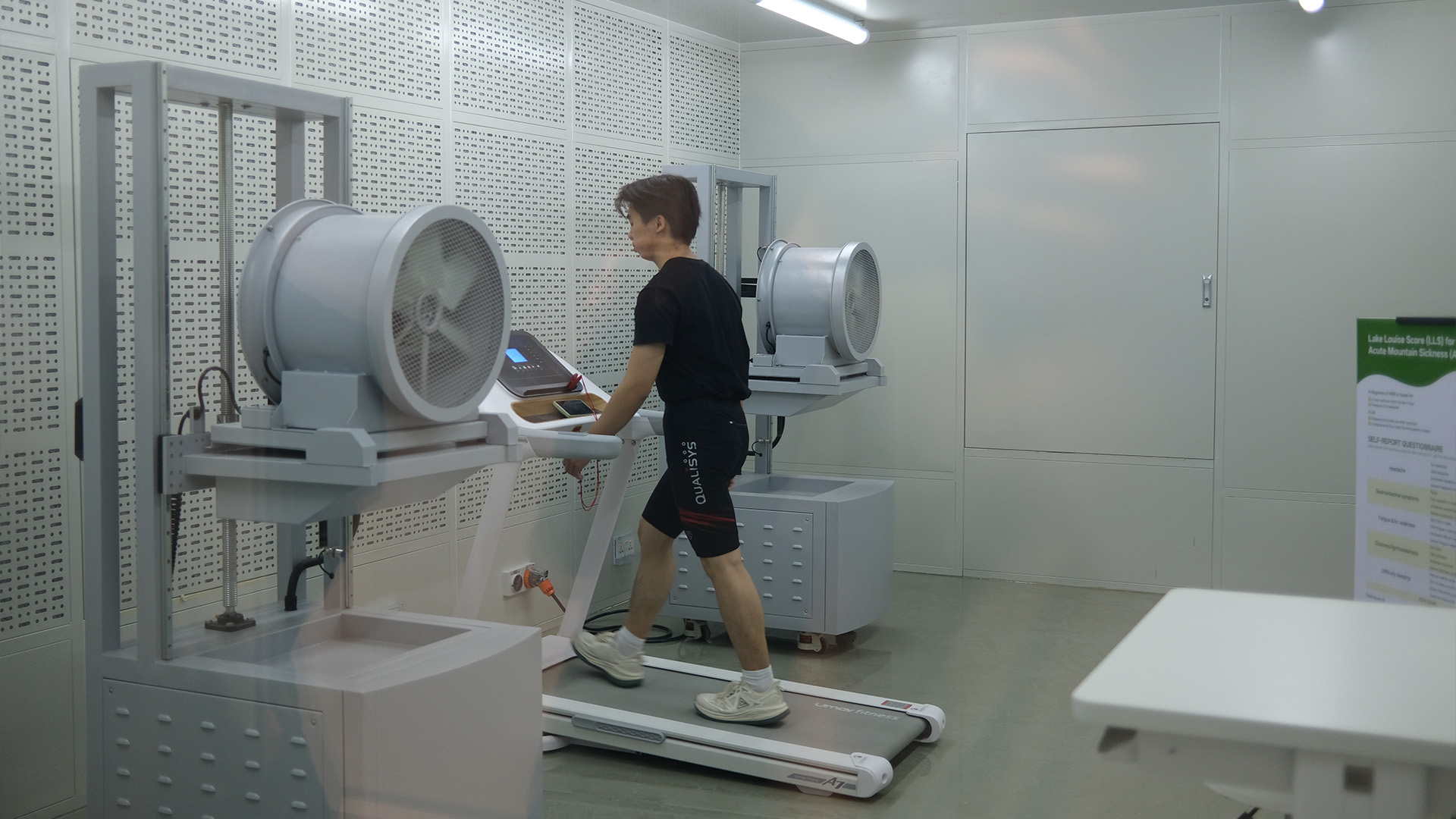
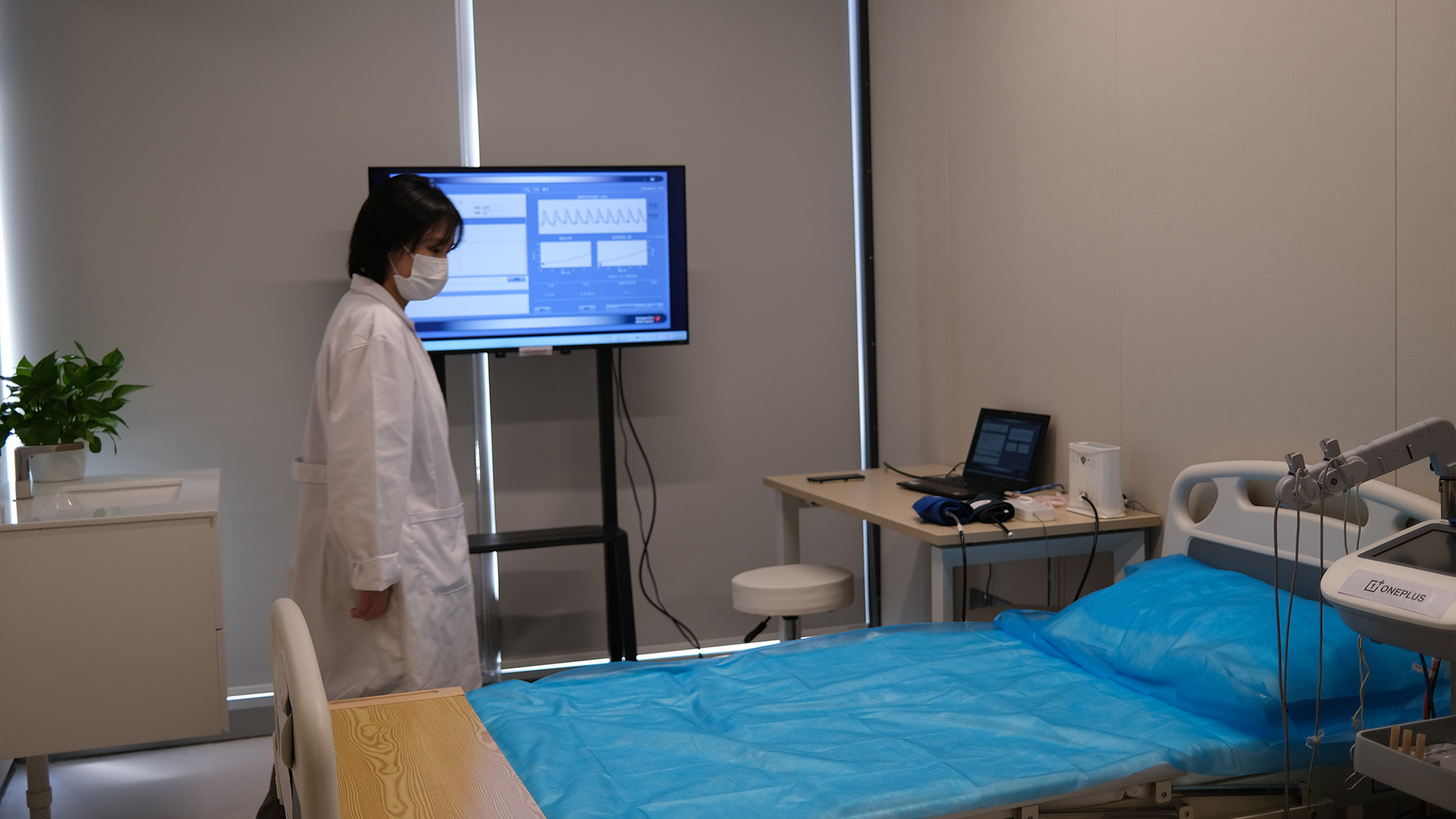
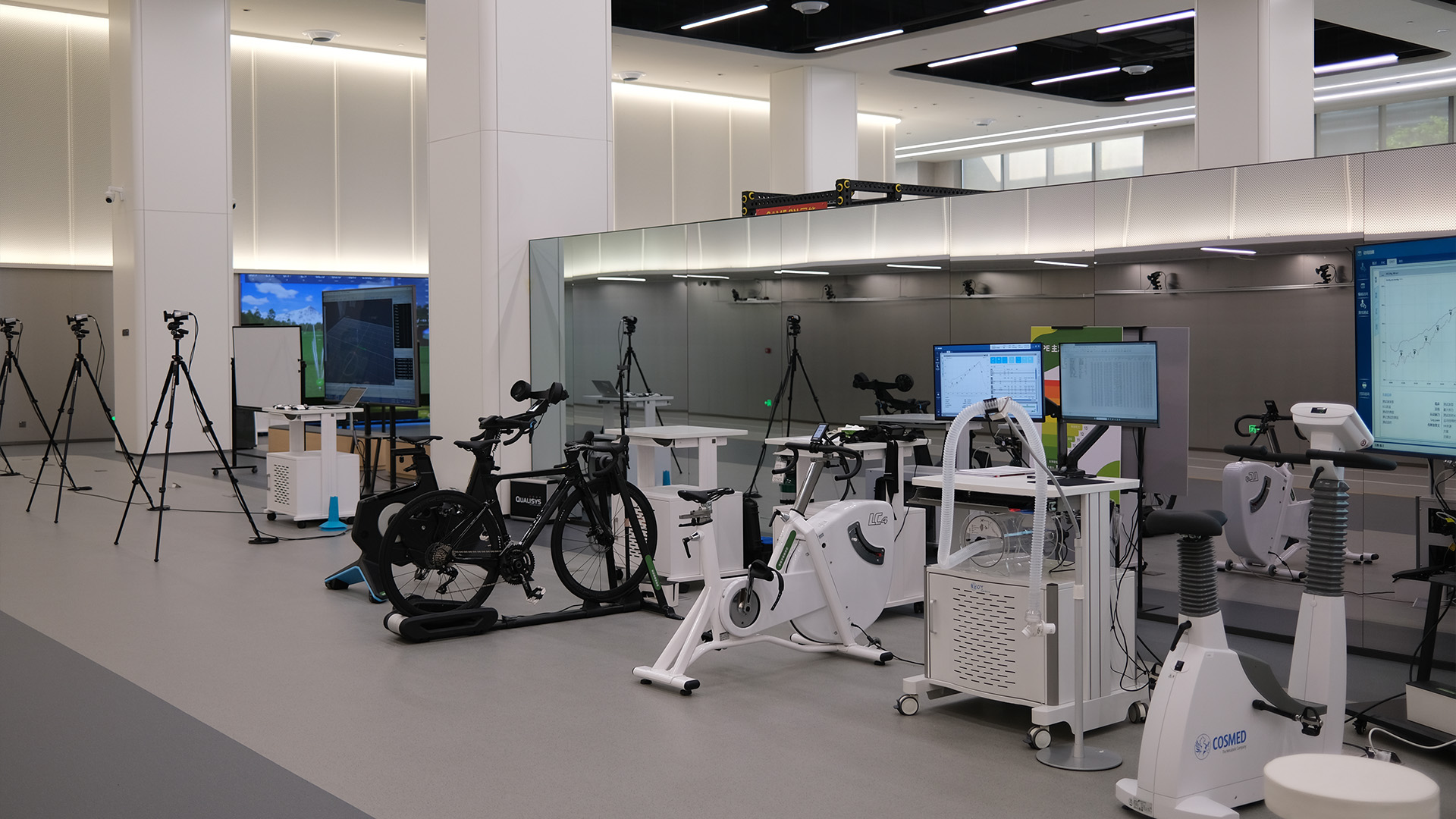
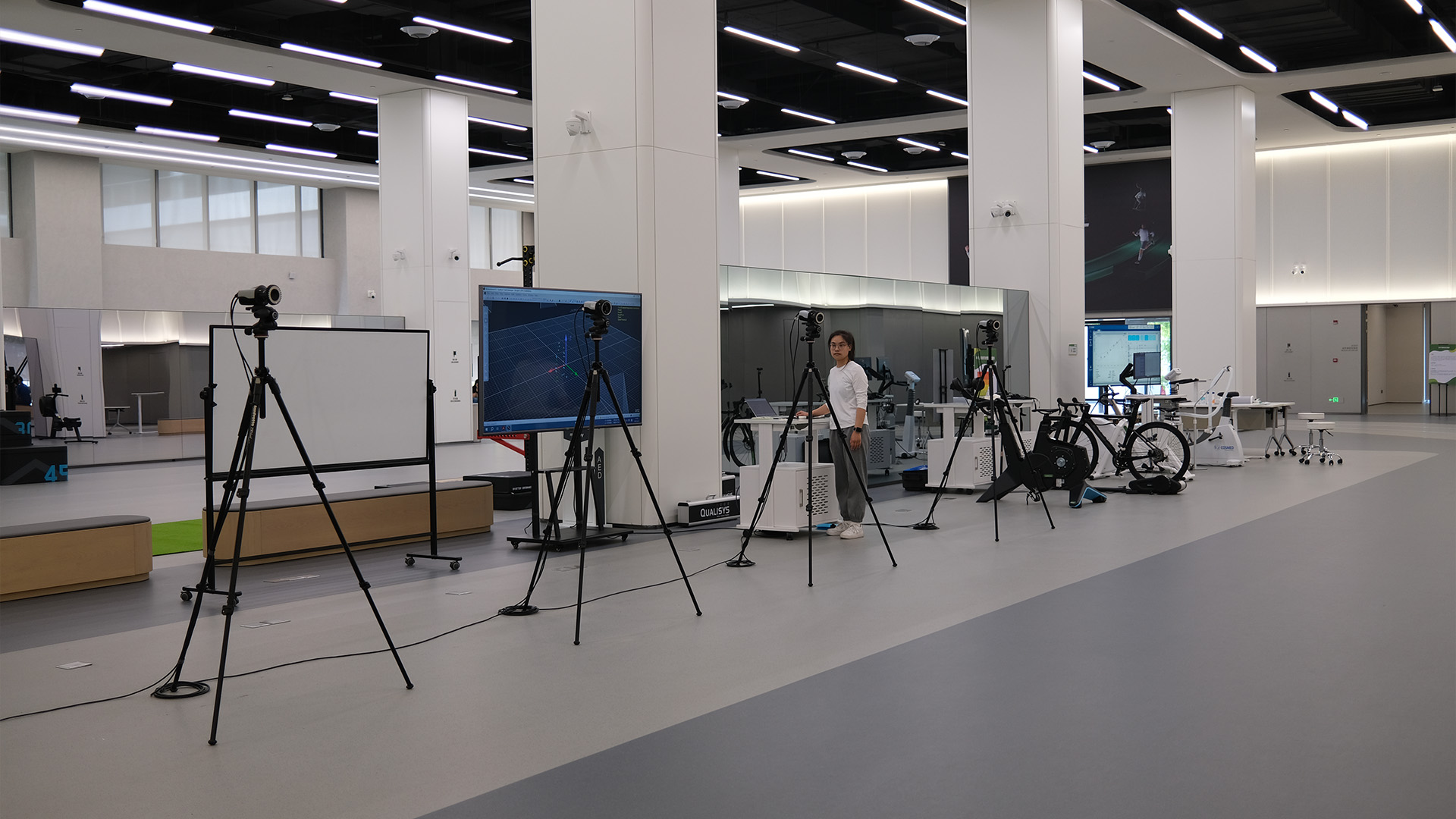
Take sleep tracking; I thought the play would be to put one of OnePlus' best smartwatches on someone, then send them to sleep with a bunch of other sensors hooked up to them. From there, you could compare whether the watch's tracking matched the more expensive and sophisticated setup.
Instead, though, OnePlus seemed (for now) to be simply using the fancier sensors – doing so to ensure that it can fully understand how different details change while we sleep, before presumably later leveraging that data to improve its actual tracking. Needless to say, the nuance of what informs the order it does this research in isn't something I'm privy to, but it was a fascinating reveal regardless.
Of course, even beyond the realities of what tracking this will all unlock, there's something otherworldly about checking out this sort of shiny facility. It all looked so visibly new (since it very much is new), and I could almost imagine astronauts playing basketball in breaks from training for space. Sci-fi indeed – but also just another measure of how huge companies like OnePlus' parent Oppo really are, despite more limited footprints outside of China.
The Apple campus in Cupertino might be one of the shiniest headquarters in the world, but seeing the sort of facilities that the likes of Oppo have set up in Shenzhen is an eye-opener, in effect. That's really only a revelation if you haven't done much research, but it's nonetheless worth restating.
Similarly, I knew on some level that this sort of testing has to be done before you pop out a fitness tracker with decent accuracy – that doesn't just come from nowhere. Still, seeing the research actually being conducted is a useful reminder of just how much work really goes into the features that we all take for granted.







